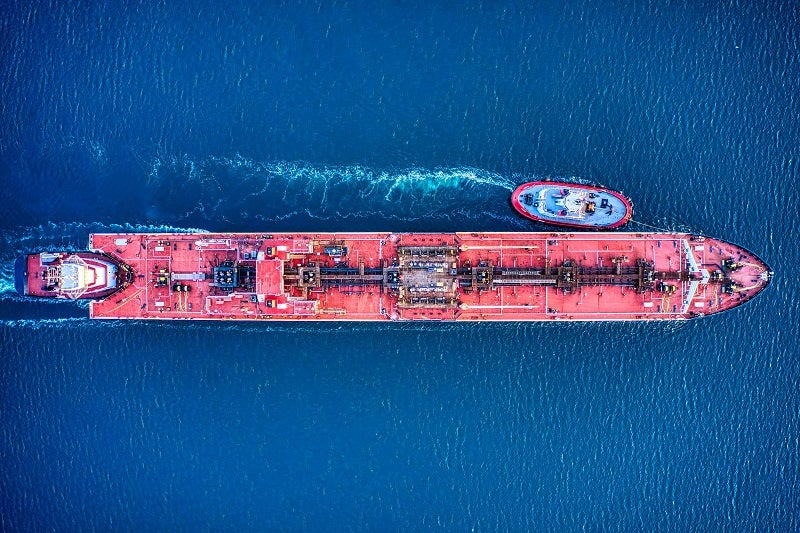
South Korean shipbuilding firm Samsung Heavy Industries (SHI) and Wartsila have entered into a joint development programme (JDP) agreement to develop ammonia-powered ships with four-stroke auxiliary engines for future newbuild projects.
Thanks to its experience in developing engines supporting future green fuels, Wartsila has already trialled an engine operating on a 70% ammonia fuel mix.
By 2023, the company aims to develop an engine concept that will be able to run with 100% ammonia.
SHI vice-president Youngkyu Ahn said: “There is a lot of interest from owners and operators in the potential for new clean-burning fuels, and ammonia is thought to be among the most promising of these candidates. Wartsila has already made significant progress in testing ammonia, and we are pleased to work together with them to bring this to reality.”
Wartsila Marine Power sales director Östen Lindell said: “Decarbonisation has become the industry’s goal, and we at Wartsila are committed to doing everything possible to achieve this ambition.
“The adoption of a new generation of carbon-free fuels is central to a decarbonised future for shipping, so this JDP agreement represents an important step forward.”
How well do you really know your competitors?
Access the most comprehensive Company Profiles on the market, powered by GlobalData. Save hours of research. Gain competitive edge.

Thank you!
Your download email will arrive shortly
Not ready to buy yet? Download a free sample
We are confident about the unique quality of our Company Profiles. However, we want you to make the most beneficial decision for your business, so we offer a free sample that you can download by submitting the below form
By GlobalDataSHI noted that container ships and very large crude carriers, functioning with two-stroke main engines and four-stroke Wartsila auxiliary engines, are expected to be the initial newbuild targets for vessels using ammonia fuel.
Last week, Wartsila secured orders for the installation of its new Compact Reliq reliquefaction plant on three new liquefied natural gas carrier vessels.



